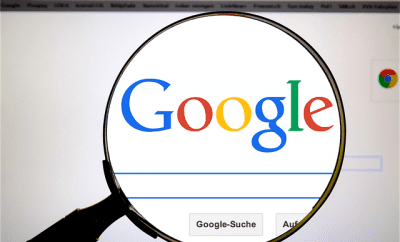News
The Dead Sea Scrolls available online
 It’s been decades since the oldest biblical manuscripts in existence were discovered by a Beduoin shepherd of the Ta’amra tribe in 1947.
It’s been decades since the oldest biblical manuscripts in existence were discovered by a Beduoin shepherd of the Ta’amra tribe in 1947.
Written between the first and third centuries B.C., The Dead Sea scrolls were hidden in 11 caves in the Judean desert on the shores of the Dead Sea in 68 B.C. to protect them from approaching Roman armies, reports The Christian Science Monitor.
According to The Guardian, since 1965, the scrolls have been kept in a secured vault at the Israel Museum. Now thanks to Google, the texts are available online for everyone with a computer or laptop to see.
The Guardian reports that the five scrolls are among those bought from antique dealers by Israeli researchers from 1947 and 1967, and that the most complete scrolls are held by the Israel Museum, while other pieces and fragments are scattered throughout other institutions and private collections. Ten of thousands of fragments from 900 Dead Sea manuscripts are held by the Israel Antiquities Authority, which has also begun collaborating with Google to put them online.
Now anyone can view, read and interact with five of the digitized Dead Sea Scrolls, the most complete of the eight that’s included in the Israel Museum collection. Before, the custodians of the celebrated manuscripts have been criticized for hoarding the biblical treasures that give great insight into life and religion in ancient Jerusalem as well as the birth of Christianity, only allowing them to be monopolized by a few scholars, are now making the scrolls accessible to all.
Of these five include the Great Isaiah Scroll, and the Temple Scroll. The museum has digitized the other three scrolls, working on making them available online in an easily readable form.
The project involves ultra high-resolution photographs that include up to 1,200 megaixels in detail, nearly 200 times more than the average consumer digital camera. Viewers get to see even the most minute features of the material they were written on (many of the scrolls are parchment, prepared animal skins, though some are papyrus). Another app allows readers to click on the text and get an English translation. Users can also leave a comment for other viewers to see.
Google helped design the online experience of the scrolls. The project, which was aimed chiefly at scholars, is slated to be completed by 2016 – at which point all of the scrolls will be available online.
https://www.youtube.com/watch?v= http://www.youtube.com/watch?v=5rYj_0foJYAPhoto courtesy of Gustavo Thomas via Flickr





1 Comment